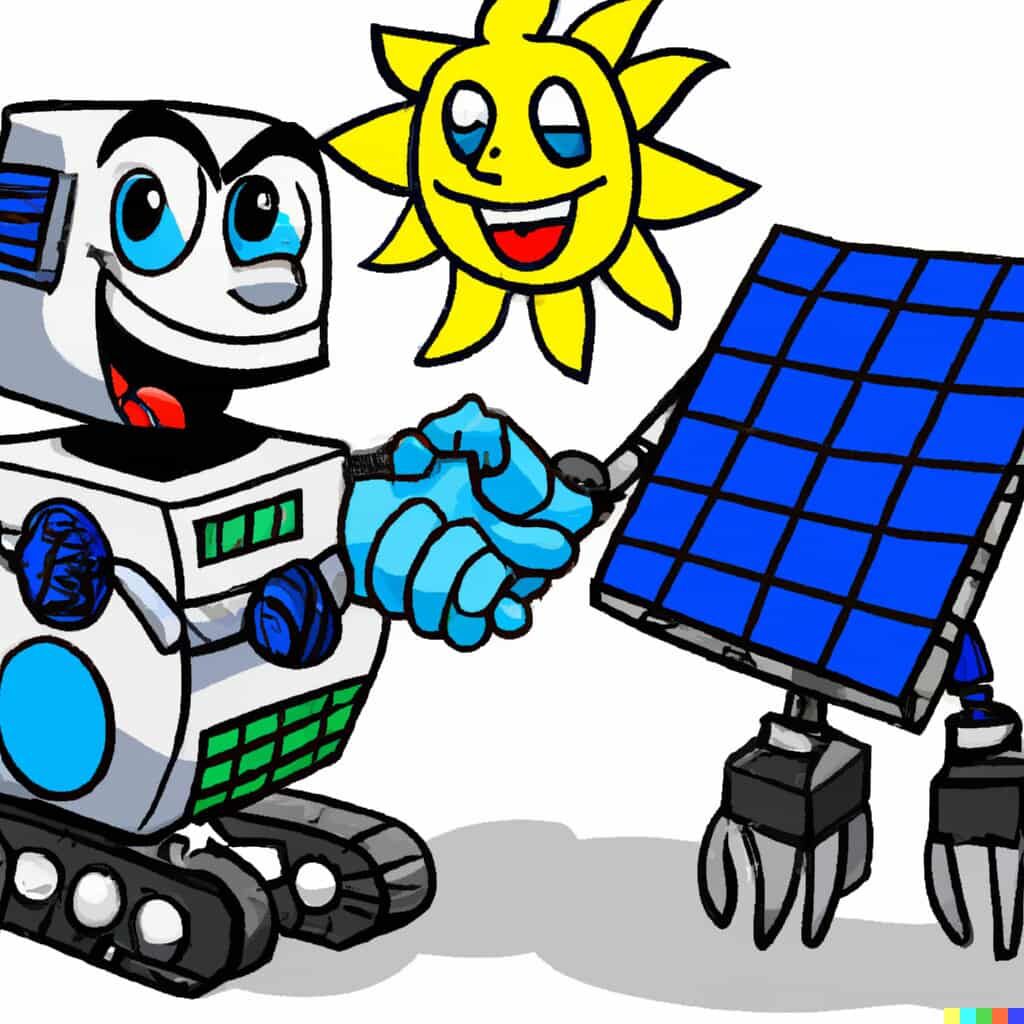

Industries, Showrooms, Schools and commercial establishments typically pay more than Rs. 50000/- on electricity per month, consuming more than 9000 to 10000 units of electricity per month. Rampant power cuts leaves them in catch 22 situation, where running the DG (Diesel Generator) leads to 4x or 6x running costs on one hand and the criticality of load forcing them to run the DG.
Here, we will discuss about this specific problem and how you can get the best of both the worlds, the DG and the Solar to substantially reduce the costs.
It has been a source of the contentious problem since ages, which the business organisations and NGO’s bear grudgingly.
Before we discuss on the solution, it is important to cover the limitations of the battery based system for large energy requirements, so that you can fully understand how you can benefit from the Solar Plant coupled with the DG.
First, we will cover the problems with DG and then the battery based systems and then discuss on the most optimized solution.

It is a good source for providing a continuous Supply of Power even for long power outages. It can run for hours together at any time of the day or night but still most of you want to avoid running Generator because of two reasons:
- High Running Costs: This is the major area of contention. The running costs of the Diesel Generator are very high. If we consider only the fuel costs, then it costs more than Rs. 30 for running 1 Kw of load, or Rs. 30/- per unit, against the grid tariff of Rs. 6.5/unit (Considering the average price in our area).
- Other Problems: It causes noise and environment pollution. It also needs regular maintenance
Problem with the Battery-Based System:
The battery can be connected to an Inverter system, an Uninterrupted Power Supply system, Solar panels or Wind turbines. The battery backup system stores power generated by the above devices.
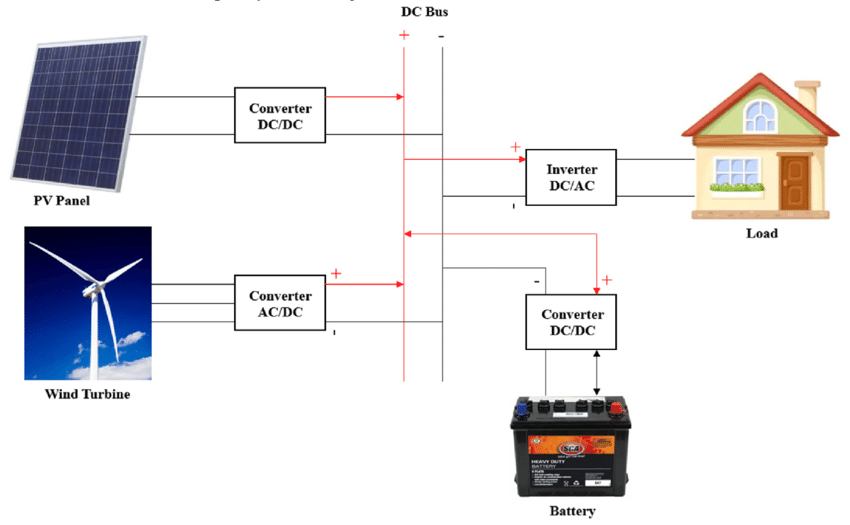
- It requires recurring capital investment on large battery bank every 3-5 years.
- The problem with the battery is that approx. 40% to 50% of energy gets wasted in battery storage, heat, and conversion from DC to AC and AC to DC. This limits energy storage and increases the cost of running the load through the battery by 1.4 to 1.5 times.
- The power has to be used conservatively, reducing the load and limiting the time. But both of these are not possible in the school environment.
- For higher loads, large battery banks are required which have to be replaced every 3-5 years, making it an expensive and mostly unviable solution.
- If we take the cost of the Grid to be Rs. 6.5/unit, then the power from the Battery costs more than Rs. 9.1/Unit. This increases the running costs. It is high though cheaper than the cost of running the Generator.

Thus the limitations that we face with both systems are that:
- Generators can supply long hours of energy but fuel costs are high. It dents the profitability substantially.
- The Battery backup systems limits can be run relatively cheaper but limit the load and the time for which they can be used.
This issue results in the Schools having both the Generator and the battery backup system but still not providing the economical reliable solution that you are looking for.
So, let’s look if we have a better solution to this problem.
THE OPTIMIZED SOLUTION
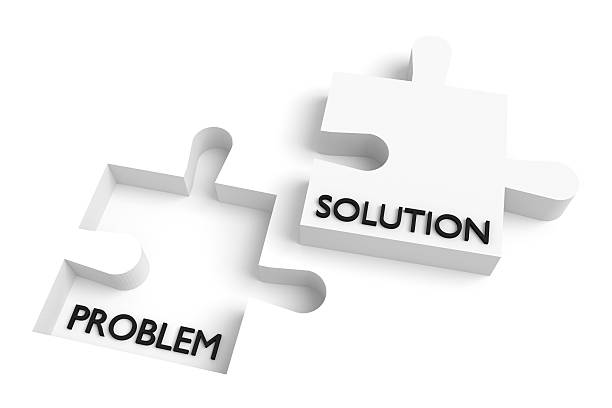
Combination of the On Grid Solar Plant + the Generator
- This solution reduces the cost in two ways:
- It reduces the Grid billing by more than 80% (which is substantial) and
- It reduces the generator running costs by 40% to 60%. Thus in totality, there are enormous savings.
- A solar panel without any battery bank is called Ongrid Solar Plant. You might know that Ongrid Solar plants automatically shut off in the event of a power outage. This is to prevent back feeding into the grid, as this can be dangerous for utility workers working on the grid line.
- But there is a way out. It can generate electricity with zero running cost if two conditions can are met.
- A reference voltage has to be provided and
- Stop the Export to the grid to eliminate the risk to utility workers. Working on a grid line.
How On Grid Solar Plant works in case of a power failure?
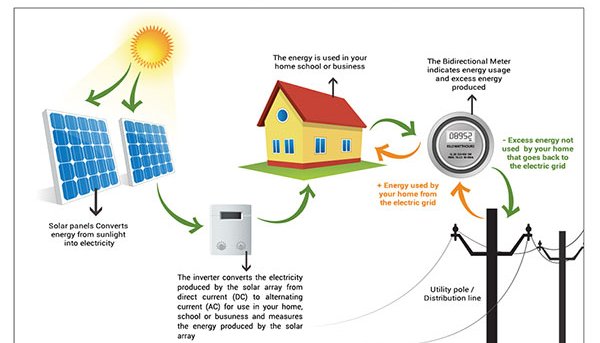
- The reference voltage is provided by running the Generator or some other power source.
- The Power Manager software is used to control the export of power to the Grid.
Benefits of Using On Grid Solar plants with the Generator:

Reduced electricity bills:
By generating their own electricity, schools can reduce their reliance on the grid and the associated costs. This can lead to significant savings on electricity bills.
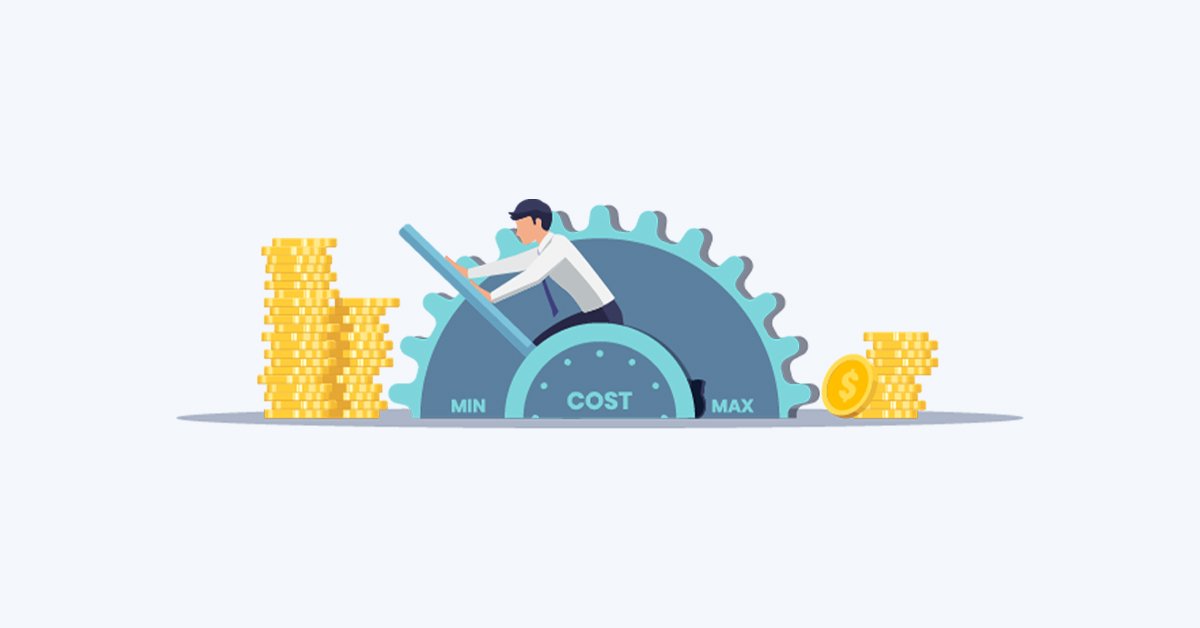
Reduced generator bills:
During day time if the grid fails, it saves the generator running costs by supplying solar energy. The generator provides the reference voltage and runs at 30% of the load, thereby reducing Generator fuel consumption by more than 50%-70%. The balance energy is provided by the Solar Plant at almost zero cost. On average, this has been found to save 40% to 60% of the Generator Fuel Cost.

Environmentally Friendly:
Solar plants are a clean and renewable source of energy that does not emit any pollutants. Combining a solar plant and a generator can reduce the generator’s emissions and carbon footprint, making the power system more environmentally friendly.
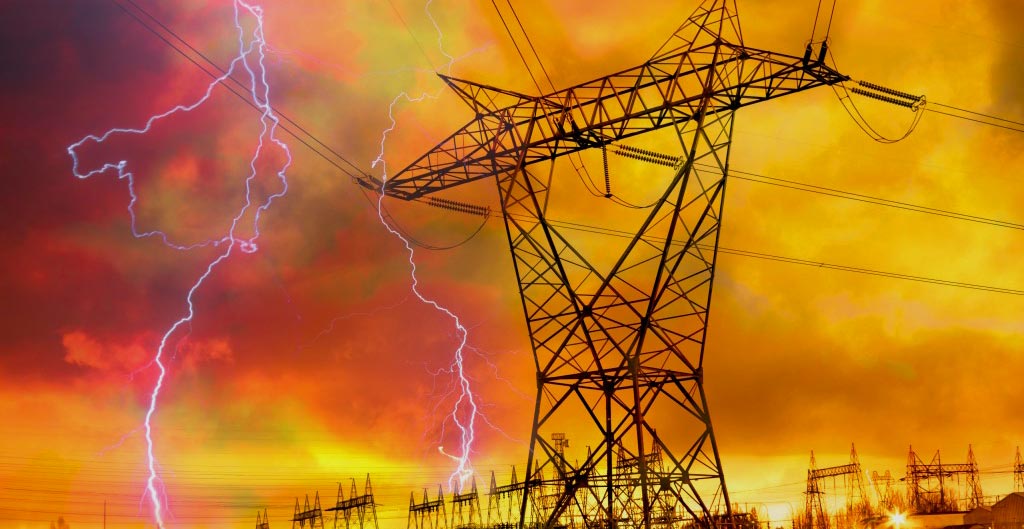
Reliable Power Supply:
A generator can provide backup power during the night or during cloudy weather when the solar plant is not producing enough energy. This ensures a reliable power supply during all conditions, even during prolonged power outages.
Thus addition of a Solar Plant without a Battery ( Ongrid Solar Plant), to the existing setup does wonders:
- It drastically reduces the total electricity expenditure on the grid
- It halves the generator fuel costs.
- You can use the energy for unlimited hours keeping the electricity budget low.
- It has a long life of 25+ years and recovers its capital costs within 4-6 years so that you enjoy the electricity tension free for around 20 years.
- If you do not want to run the Generator, you can use a three-phase inverter/UPS with battery backup in its place to provide the reference voltage and deficit power.
To summarize, a combination of a generator + a solar plant can provide a reliable and efficient backup power solution during power grid failures, ensuring uninterrupted power supply for critical systems and appliances while reducing the carbon footprint and operating costs.

